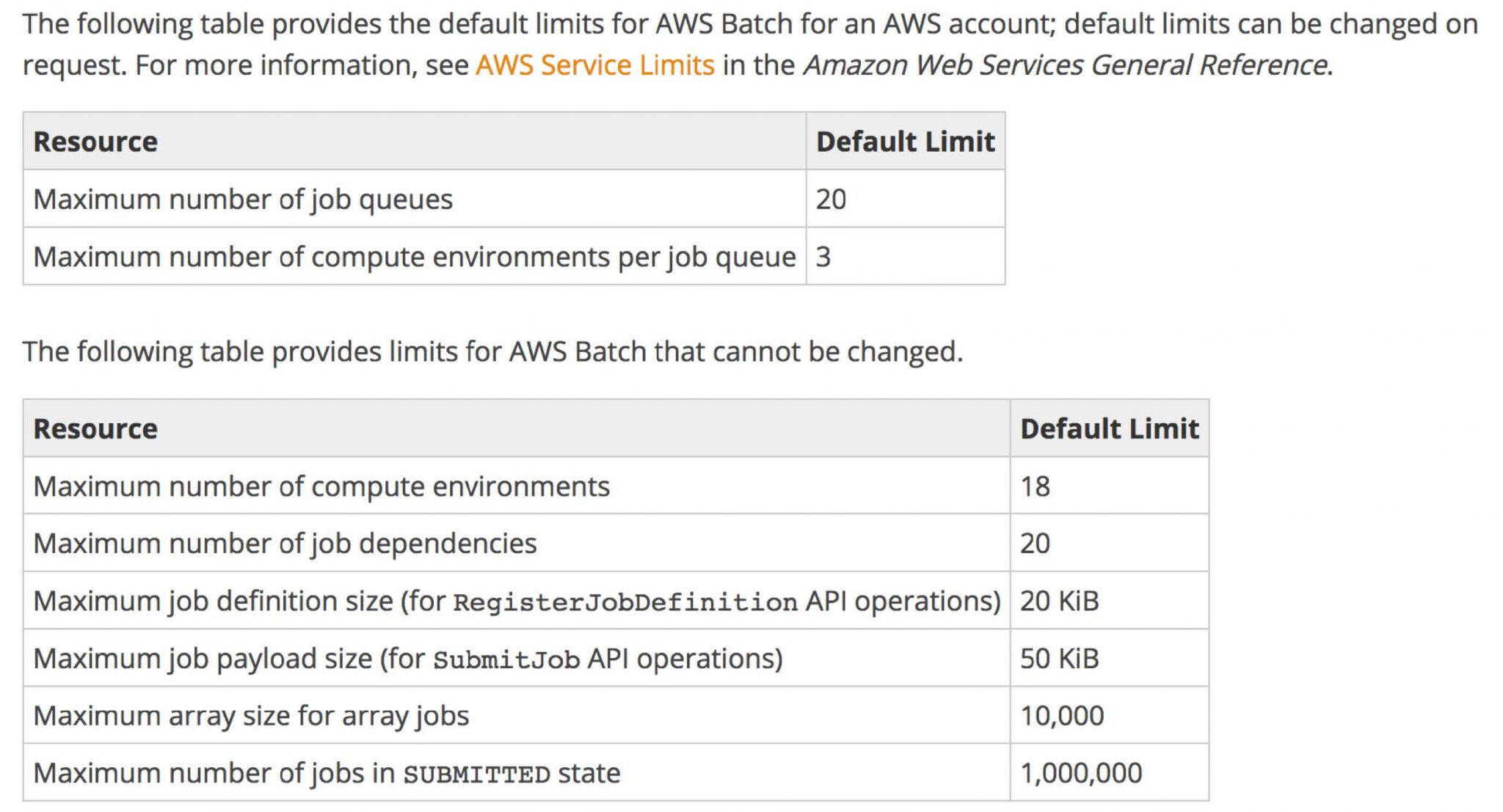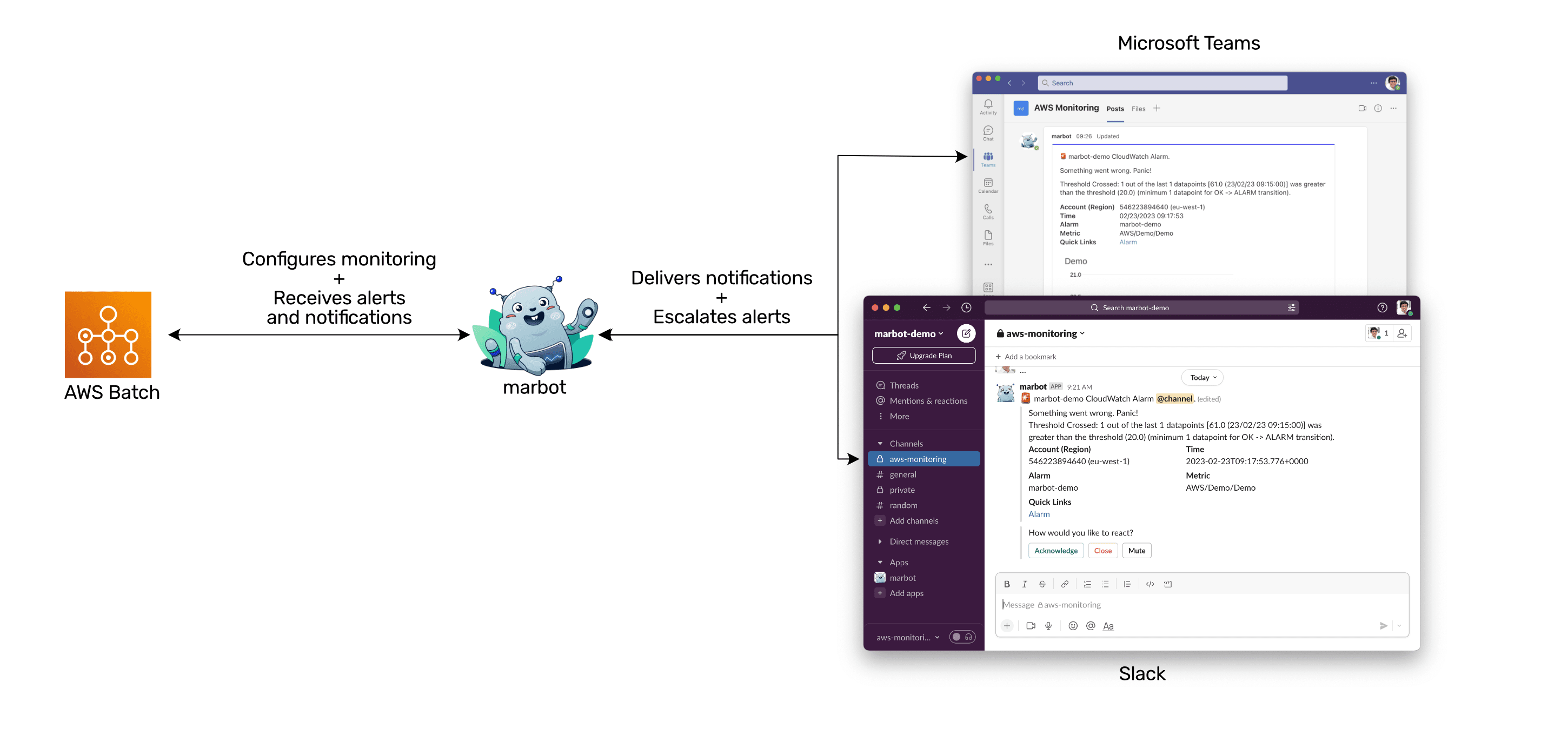So, you're diving into the world of remoteIoT batch job example in AWS remote, huh? That's awesome! If you're anything like me, you probably love the idea of automating tasks and making your life easier through cloud computing. AWS offers an incredible platform to handle batch jobs for IoT devices, and trust me, it’s a game-changer. Whether you're building a smart home system, monitoring industrial equipment, or managing fleets of IoT devices, this guide will walk you through everything you need to know about remoteIoT batch jobs in AWS.
Let’s break it down. AWS RemoteIoT batch jobs are like the superheroes of cloud computing. They help you manage large-scale data processing tasks for IoT devices without breaking a sweat. Imagine having hundreds—or even thousands—of devices sending data to the cloud. How do you process all that information efficiently? That’s where AWS RemoteIoT batch jobs come in. They allow you to schedule, execute, and monitor complex workflows with ease.
In this article, we’ll explore what remoteIoT batch jobs are, why they matter, and how to set them up in AWS. We’ll also cover some real-world examples, best practices, and troubleshooting tips. By the end of this, you’ll feel like a pro when it comes to managing IoT data in the cloud. So, grab a coffee, sit back, and let’s get started!
- How Long Did Christopher Reeve Live After His Accident The Untold Story
- Stephenie Meyer 2024 A Deep Dive Into The World Of The Bestselling Author
Table of Contents
- What is RemoteIoT Batch Job in AWS?
- Why Use RemoteIoT Batch Jobs in AWS?
- Setting Up RemoteIoT Batch Jobs in AWS
- Real-World Examples of RemoteIoT Batch Jobs
- Best Practices for Managing RemoteIoT Batch Jobs
- Troubleshooting Common Issues
- Security Considerations for RemoteIoT Batch Jobs
- Cost Management for RemoteIoT Batch Jobs
- Scaling RemoteIoT Batch Jobs in AWS
- Future Trends in RemoteIoT Batch Jobs
What is RemoteIoT Batch Job in AWS?
Alright, let’s start with the basics. A remoteIoT batch job in AWS is essentially a way to process large amounts of data from IoT devices in the cloud. Think of it as a powerful tool that lets you run complex computations, analyze data, and perform actions on a massive scale—all without needing to worry about the underlying infrastructure. AWS provides several services that make this possible, including AWS Batch, AWS IoT Core, and AWS Lambda.
Here’s the deal: IoT devices generate tons of data, and processing that data in real-time can be overwhelming. Batch jobs allow you to break down these tasks into smaller, more manageable chunks. You can schedule them to run at specific times, optimize resource usage, and ensure everything runs smoothly.
Some key features of remoteIoT batch jobs in AWS include:
- Unveiling The Net Worth Of Frankie Valli A Journey Through Time And Triumphs
- How Much Is Tyrus Worth Discovering The True Value Of This Iconic Figure
- Scalability: AWS automatically scales resources based on your workload.
- Cost-effectiveness: You only pay for the compute resources you use.
- Flexibility: You can customize job definitions, environments, and dependencies.
How Does RemoteIoT Batch Job Work in AWS?
Now, let’s dive a bit deeper into how remoteIoT batch jobs work. Essentially, the process involves three main steps:
- Define your job: This includes specifying the compute resources, container settings, and any dependencies your job might have.
- Submit the job: Once your job is defined, you can submit it to the AWS Batch service. The service will then allocate the necessary resources and execute the job.
- Monitor progress: You can track the status of your job in real-time using the AWS Management Console or APIs.
Why Use RemoteIoT Batch Jobs in AWS?
So, why should you care about remoteIoT batch jobs in AWS? Well, there are plenty of reasons! First and foremost, they help you handle large-scale data processing tasks efficiently. Whether you're dealing with sensor data, telemetry information, or machine logs, batch jobs make it easy to process and analyze all that data.
Here are a few more benefits:
- Automation: Automate repetitive tasks and free up your time for more important things.
- Scalability: Easily scale your operations as your IoT fleet grows.
- Reliability: AWS ensures high availability and fault tolerance, so your jobs run smoothly even during unexpected failures.
Plus, with AWS’s pay-as-you-go pricing model, you only pay for what you use. No more worrying about over-provisioning or under-provisioning resources.
Setting Up RemoteIoT Batch Jobs in AWS
Alright, let’s talk about the setup process. Setting up remoteIoT batch jobs in AWS might sound intimidating, but trust me, it’s not that bad. Here’s a step-by-step guide to get you started:
Step 1: Create an AWS Account
If you haven’t already, sign up for an AWS account. You’ll need this to access the AWS Management Console and start configuring your batch jobs.
Step 2: Configure AWS IoT Core
Next, set up AWS IoT Core to manage your IoT devices. This service allows you to securely connect, monitor, and interact with your devices in the cloud.
Step 3: Define Your Batch Job
Once your devices are connected, it’s time to define your batch job. Use the AWS Batch service to specify the compute resources, container settings, and any dependencies your job might have.
Step 4: Submit and Monitor
Finally, submit your job and monitor its progress. You can do this through the AWS Management Console or by using APIs and SDKs.
Real-World Examples of RemoteIoT Batch Jobs
Talking about remoteIoT batch jobs is one thing, but seeing them in action is another. Let’s look at a few real-world examples:
Example 1: Smart Agriculture
In the agriculture industry, farmers use IoT sensors to monitor soil moisture, temperature, and other environmental factors. By setting up remoteIoT batch jobs in AWS, they can process this data in real-time and make informed decisions about irrigation, fertilization, and pest control.
Example 2: Industrial Automation
Manufacturing plants rely heavily on IoT devices to monitor equipment performance and predict maintenance needs. With remoteIoT batch jobs, they can analyze sensor data, detect anomalies, and schedule maintenance tasks automatically.
Example 3: Fleet Management
Logistics companies use IoT devices to track the location and status of their vehicles. By leveraging remoteIoT batch jobs, they can process GPS data, optimize routes, and improve fuel efficiency.
Best Practices for Managing RemoteIoT Batch Jobs
Now that you know how to set up remoteIoT batch jobs, let’s talk about best practices. Here are a few tips to help you manage your jobs effectively:
- Optimize Resource Usage: Use spot instances and reserved instances to reduce costs and improve performance.
- Set Up Alerts: Configure notifications to stay informed about job status and potential issues.
- Test Thoroughly: Always test your jobs before deploying them to production to ensure they work as expected.
Troubleshooting Common Issues
Even the best-laid plans can go wrong sometimes. Here are a few common issues you might encounter when working with remoteIoT batch jobs in AWS, along with solutions:
Issue 1: Job Fails to Start
Solution: Check your job definition and ensure all required resources are available. Also, verify that your IAM roles have the necessary permissions.
Issue 2: Performance Bottlenecks
Solution: Optimize your job settings and consider using spot instances to reduce costs and improve performance.
Issue 3: Data Loss
Solution: Implement data backup and recovery strategies to prevent data loss in case of failures.
Security Considerations for RemoteIoT Batch Jobs
Security is a top priority when working with IoT data in the cloud. Here are a few things to keep in mind:
- Encrypt Data: Use encryption to protect sensitive data both in transit and at rest.
- Secure Access: Use IAM roles and policies to control access to your resources.
- Monitor Activity: Use AWS CloudTrail to monitor and audit API activity in your account.
Cost Management for RemoteIoT Batch Jobs
Managing costs is crucial when working with AWS services. Here are a few tips to help you keep your expenses under control:
- Use Spot Instances: Take advantage of spot instances to reduce costs for non-critical workloads.
- Monitor Usage: Use AWS Cost Explorer to track your usage and identify areas for optimization.
- Set Budgets: Create budgets and alerts to stay informed about your spending.
Scaling RemoteIoT Batch Jobs in AWS
As your IoT fleet grows, you’ll need to scale your batch jobs accordingly. AWS makes this easy with its auto-scaling capabilities. Here’s how it works:
- Auto-Scaling Groups: Use auto-scaling groups to automatically adjust the number of instances based on demand.
- Elastic Load Balancing: Distribute traffic across multiple instances to ensure high availability.
- CloudWatch Alarms: Set up alarms to trigger scaling actions based on specific metrics.
Future Trends in RemoteIoT Batch Jobs
Looking ahead, the future of remoteIoT batch jobs in AWS looks bright. Here are a few trends to watch:
- Edge Computing: As IoT devices become more powerful, we’ll see more processing happening at the edge, reducing latency and bandwidth usage.
- AI and Machine Learning: AI and machine learning will play a bigger role in analyzing IoT data and making predictions.
- 5G Networks: The rollout of 5G networks will enable faster and more reliable communication between IoT devices and the cloud.
Kesimpulan
So, there you have it—a comprehensive guide to remoteIoT batch jobs in AWS. Whether you're just getting started or looking to take your skills to the next level, this guide should give you everything you need to succeed. Remember to follow best practices, monitor your jobs closely, and stay up-to-date with the latest trends in IoT and cloud computing.
Now, it’s your turn! If you found this article helpful, don’t forget to share it with your friends and colleagues. And if you have any questions or feedback, feel free to leave a comment below. Happy coding, and good luck with your remoteIoT batch jobs in AWS!
- Brandi Angela Brandt A Rising Star In The Entertainment World
- Actor Flip Wilson The Legendary Comedian Who Redefined Standup


